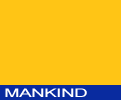
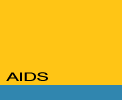
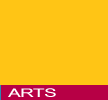
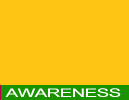
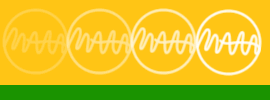
:: THE DOCUMENTATION
Chapter 1
| Voices Of The Conference | Topics And Time-Table |
|
The Conference Map Introduced by R.E. Futterer  |
|
The Conference Map used stems from one of the concepts applied in Integral Philosophy by Ken Wilber to describe reality in all its dimensions. It was introduced here to serve us as a navigator and point of reference to guide us through discussions and debates and help us to raise more awareness of the complexity and roots of HIV/AIDS. The Map uses four quadrants or levels with a subjective (Upper Left = internal, psychological, intentional), inter-subjective (Lower Left = internal, cultural), objective (Upper Right = external, behavioural, factual), and inter-objective (Lower Right = external, social, institutional) dimension. In general, when we talk, discuss or teach about HIV/AIDS we do it from a personal perspective. The level of our awareness and understanding, our opinions and assumptions are based on our personal experience, our socio-cultural background and our access to factual information and knowledge. The four quadrants can also be expressed as I feel, WE believe, IT is a fact and the ITS as social action systems or institutions. The "reality" of HIV/AIDS appears in different multidimensional contexts as the fears, desires or shame of the individual, as the shared cultural values, beliefs and moralities of the community, as the scientific facts about the disease and peoples´ behaviour as well as the existence and performance of social institutions, for example health services, churches or governments. Awareness of HIV/AIDS also means awareness of all these different roots or dimensions and their interdependent nature. The Conference Map or let us also call it a “Mirror of Reality” can help us to reflect on for example questions like the following: Why do I maybe have a problem to talk about sex and inform myself about AIDS? Is it more my own shame or the cultural taboo in my community? Are there people in the health services who can inform me or are they also inhibited or biased by the norms embedded in our soul and society? In which corner of the map would I place myself regarding different issues of HIV/AIDS or what happens if I move from one corner to another? How will it influence the other corners? Is my knowledge about the condom based on scientific understanding or do I just believe what other people believe? How can we bridge the gaps between the inner and outer world of the ”reality” of AIDS? How can we as individuals and communities address, reflect and challenge harmful views, norms, beliefs and practices and gain a more complete picture of reality? How can we together and each of us gain a deeper understanding of the underlying psychological, and cultural and religious forces that structure and determine our lives, limit our awareness and fuel the epidemic? And so on. Back to the top |
![]()
home | the vision | about us | contact | disclaimers